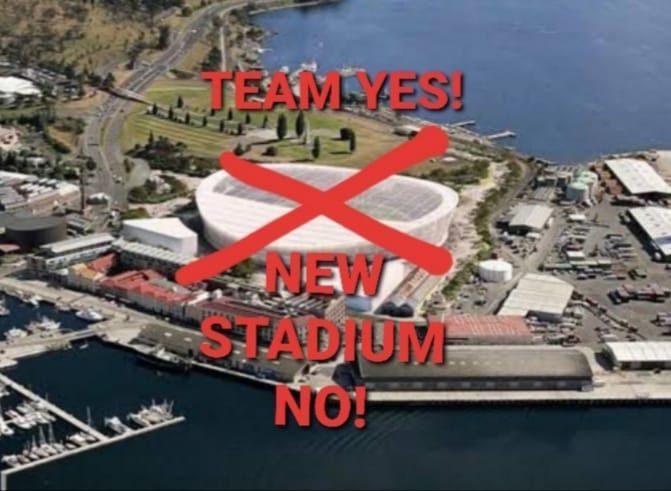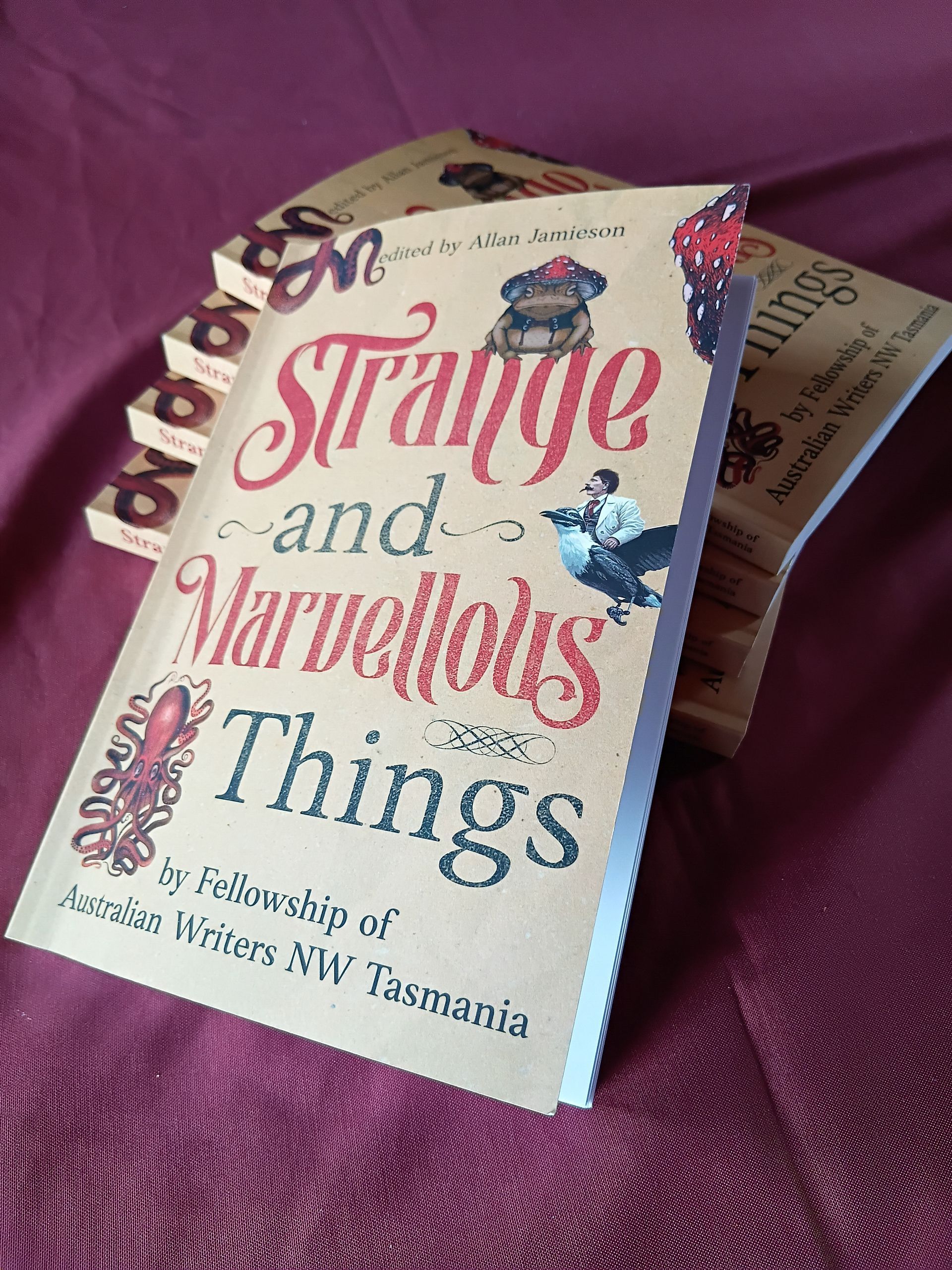It was rather a surprise to learn The Examiner Newspaper’s editorial had dredged up the pulp mill in the context of the proposed third stadium - the latest project that’s causing controversy in Tasmania. It was like being transported back in time when there was rarely a week without all three of the state’s dailies championing the pulp mill in some way, claiming it would be an economic boon.
The editor in this piece (published a few days ago) appeared to be following the same well-thumbed playbook. Together with, presumably, a lack of knowledge about recent Tasmanian history, he stated the stadium project had progressed too far, and it couldn’t (shouldn’t?) now be stopped. It prompted a letter to the paper – and a similar one to The Mercury since that newspaper is also principal stadium cheerleader, ignoring the fact that half the state neither wants it, and rightly believes we can’t afford it. Sems it's a case of 'here we go again . . '
“ONCE again Tasmanians are being told investors are lining up to financially support the proposed stadium, while according to a recent editorial, the project has progressed to the point of no return (The Examiner, September 19).
With the greatest respect, that is rubbish. Mr Thomson needs to study Tasmania’s recent history.
This same claim was used during the campaign against the Tamar Valley pulp mill. Several supposed Joint Venture Partners were always just a signature away from ‘investing’ in the pulp mill – until suddenly they weren’t.
All but one melted away into the shadows never to be heard from again, and that one soon departed after due diligence quickly showed the economics of the project didn’t stack up and community opposition was strong, sustained and vocal.
Potential stadium investors will doubtless also soon sniff out the amount of public controversy and opposition surrounding the project. And that the economics of the project don’t stack up.
Economist Saul Eslake made that very clear in his recent report. It should have been enough for the stadium to go the way of the pulp mill.
Tasmania has been treated to a sample of climate volatility recently, a reality that’s only likely to worsen.
Projects such as the stadium will inevitably be impacted. Disrupted travel plans, rising sea levels – which will make the Mac Point site rather vulnerable – and of course escalating global unrest and uncertainty that’s far more likely to result in people hunkering down and staying home.
These all add up to showing this is definitely not the time to be building a massive piece of infrastructure that Tasmania neither needs, and certainly can’t afford.”


